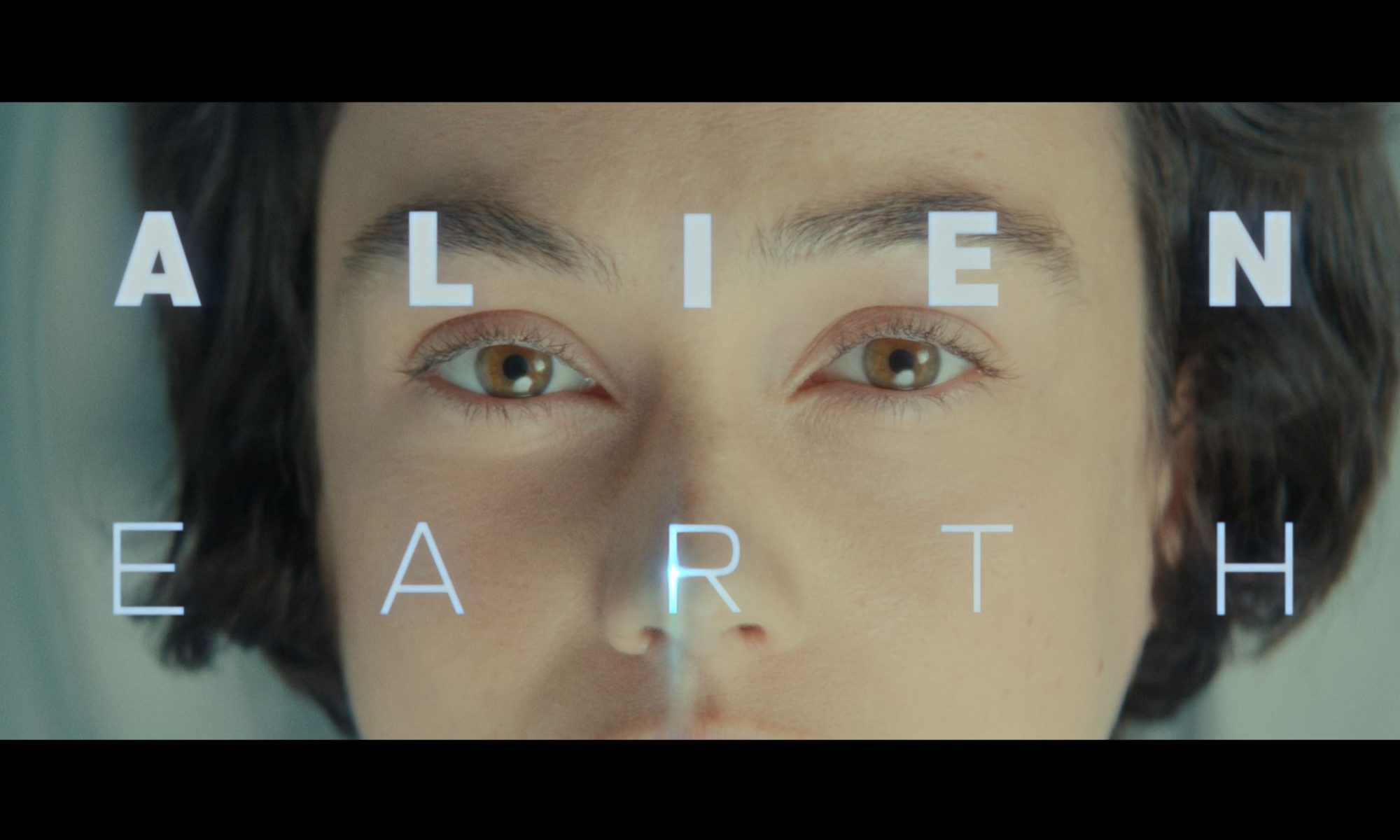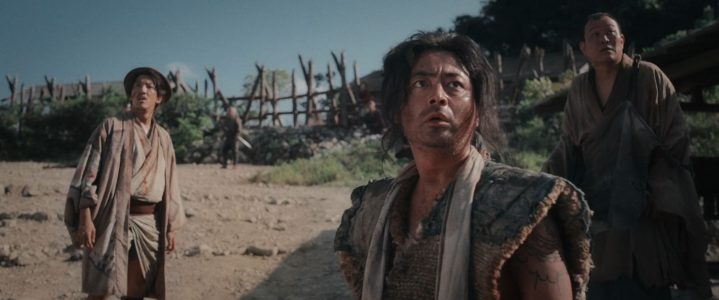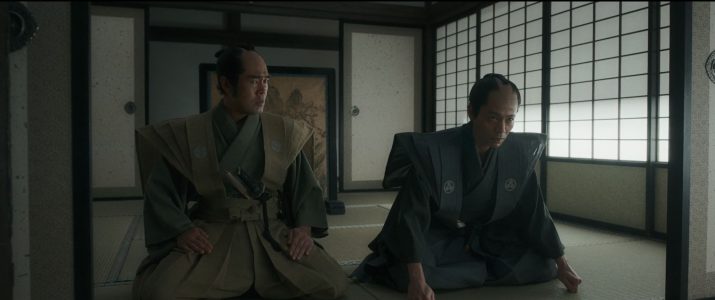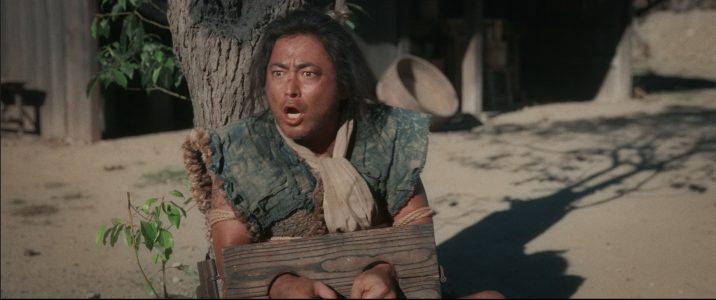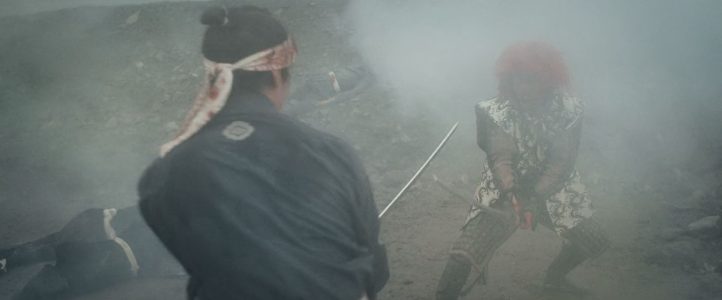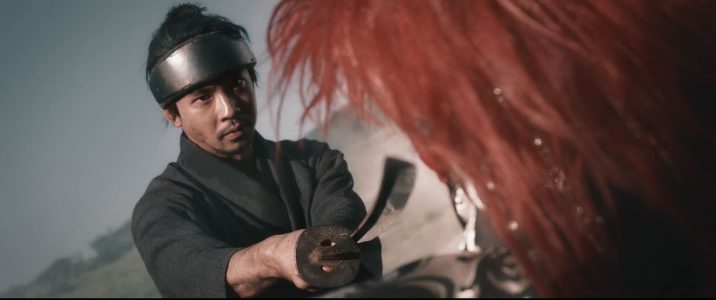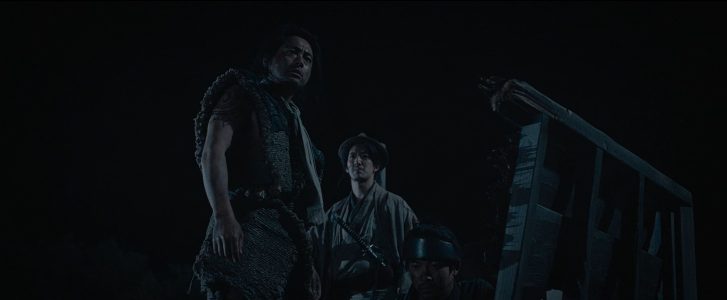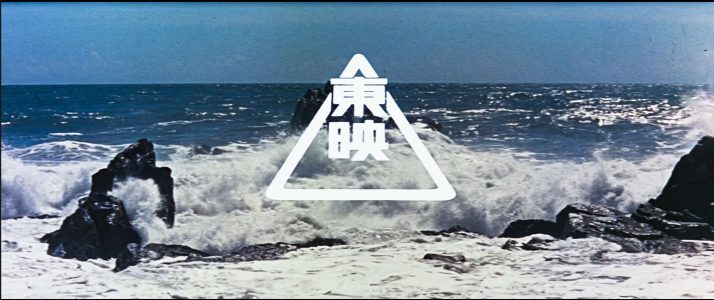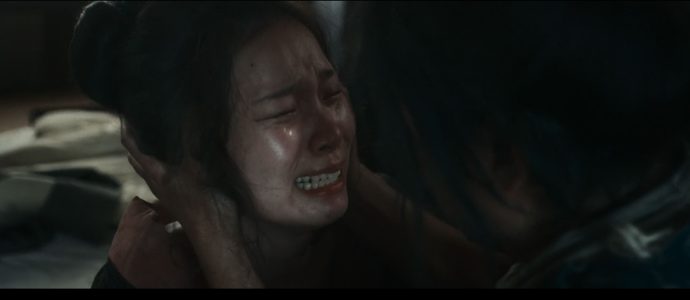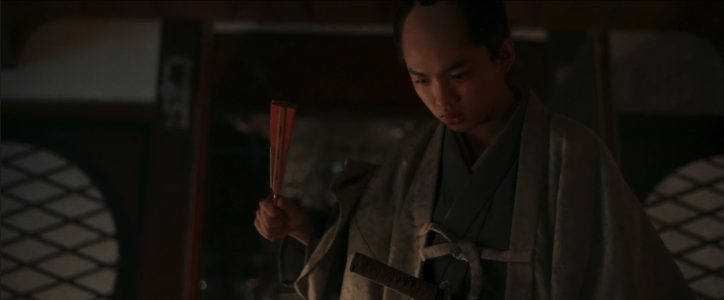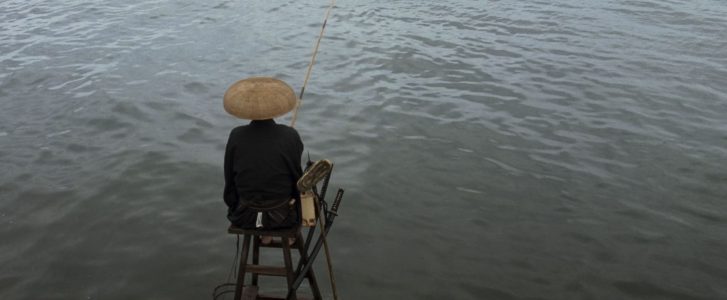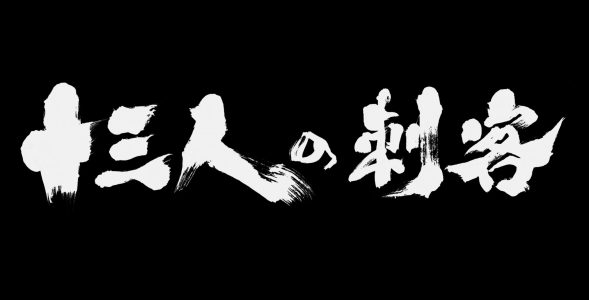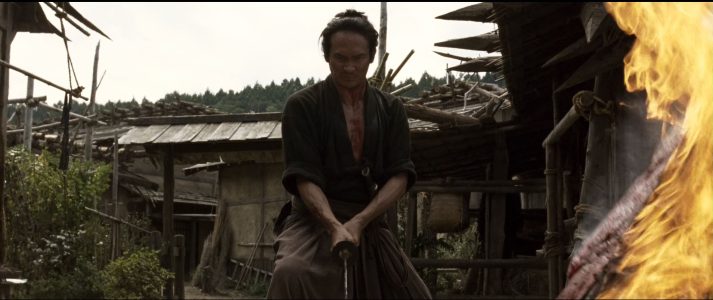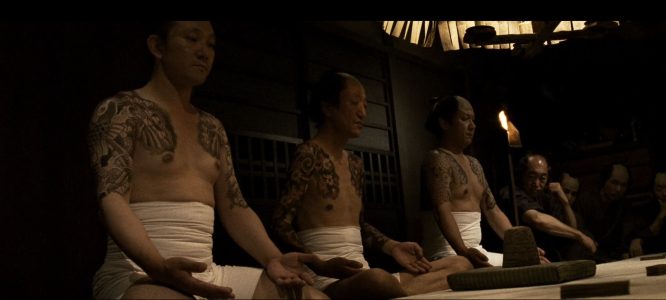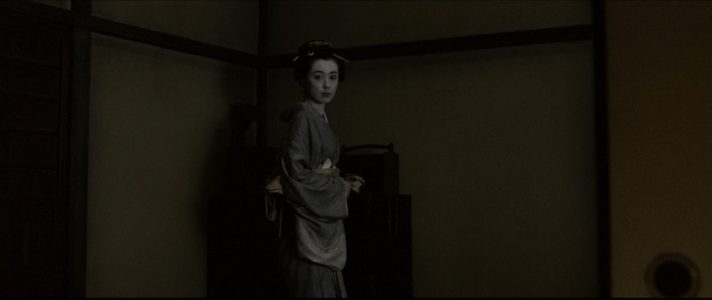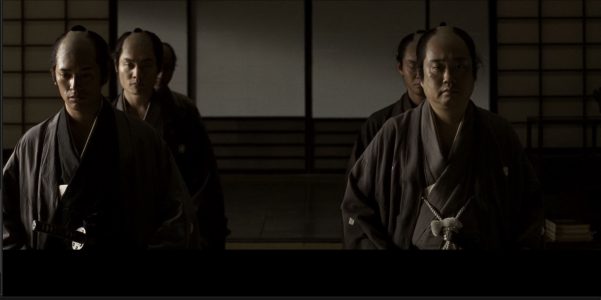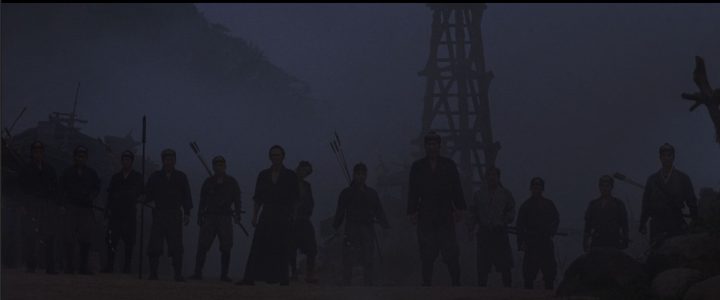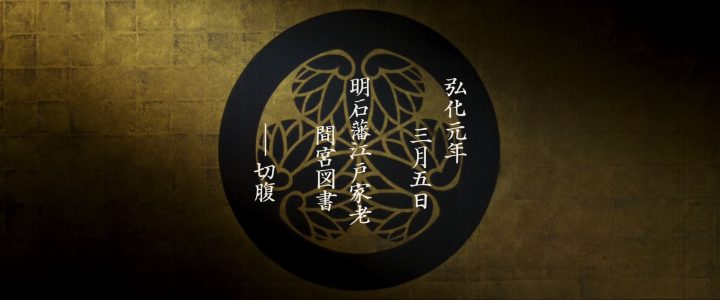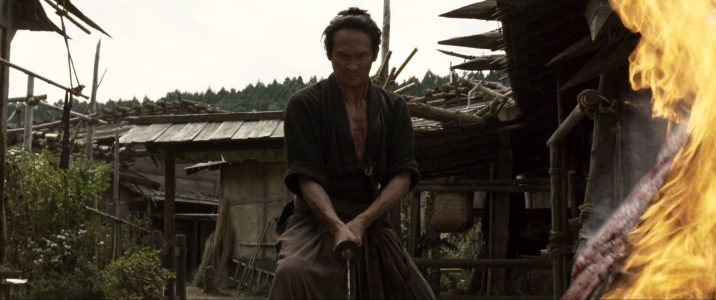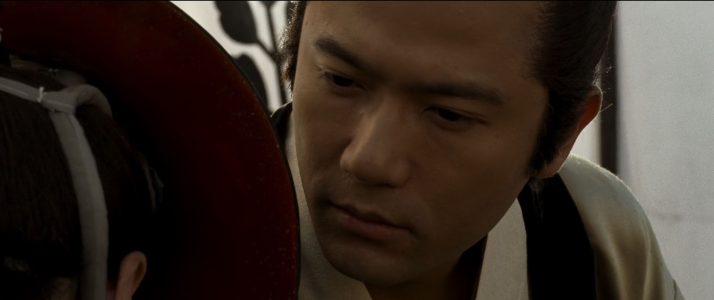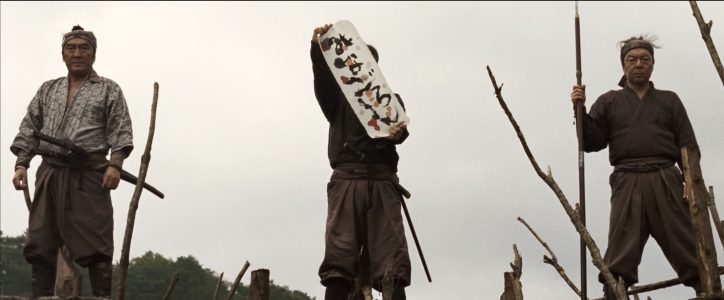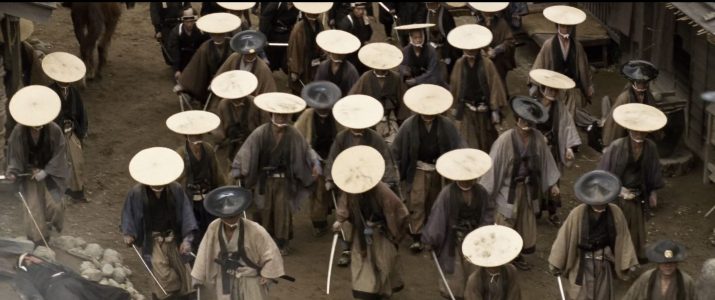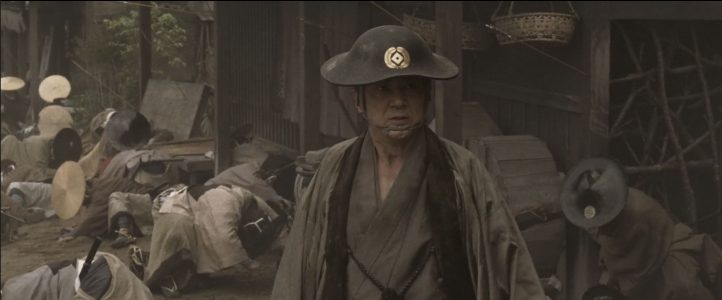I have been really enjoying Alien: Earth so far; the series blends suspense, striking visuals, and complex ethical dilemmas in ways that are both intriguing and thought-provoking, like the original movie and its sequels-some more than others. It situates horror at the intersection of technological, corporeal, and ecological systems. Fear arises not simply from alien lifeforms but from the networks that generate and contain them: corporate infrastructures, technological apparatuses, and ethical contingencies. The series presents alienness as simultaneously aesthetic, perceptual, and ethical; hybrid bodies, synthetic forms, and immersive environments create a field in which horror, reflection, and perception converge. Wendy, the synthetic-human protagonist, functions as both observer and observed, mediating the apprehension of systemic otherness in ways that are affective, philosophical, and ethical.
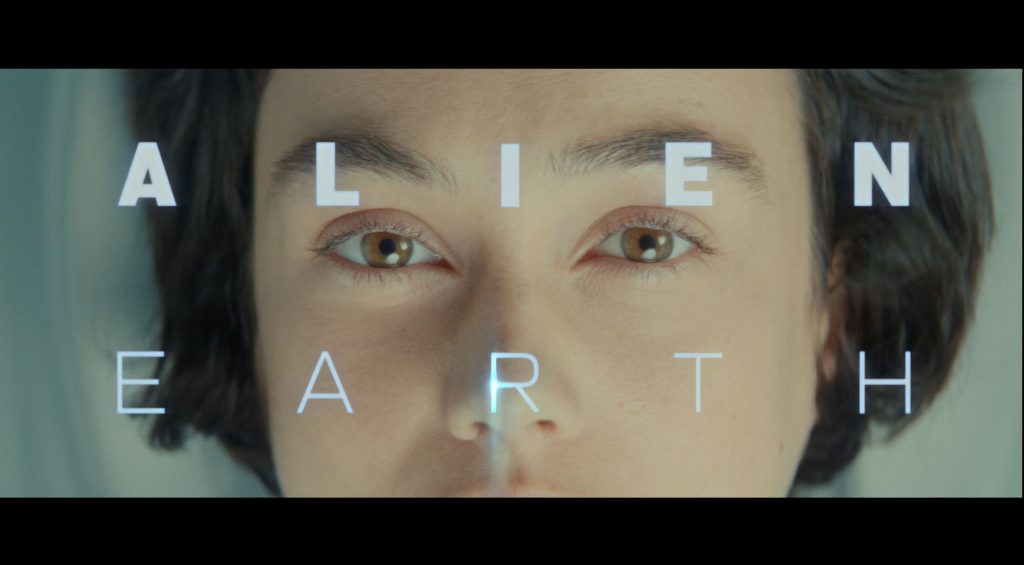
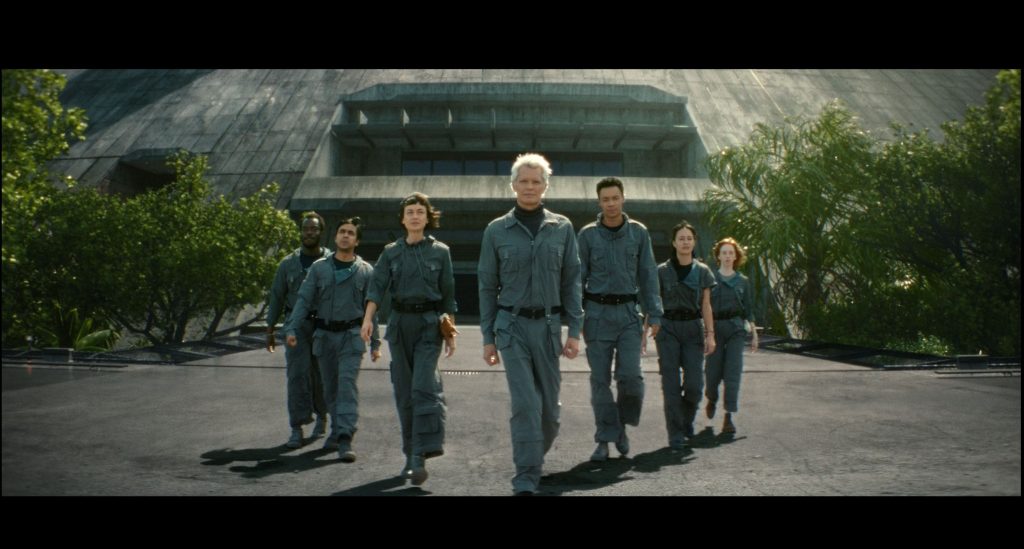
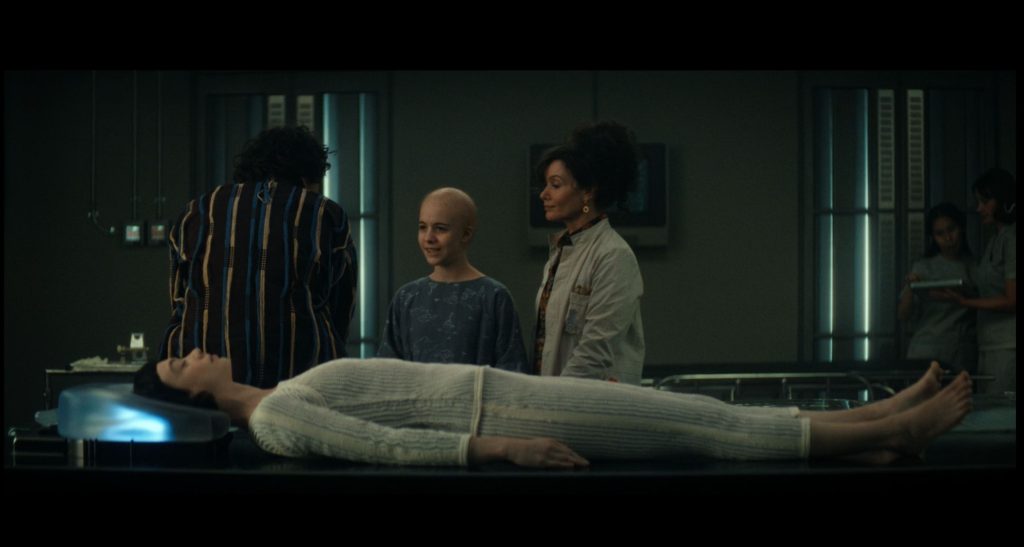
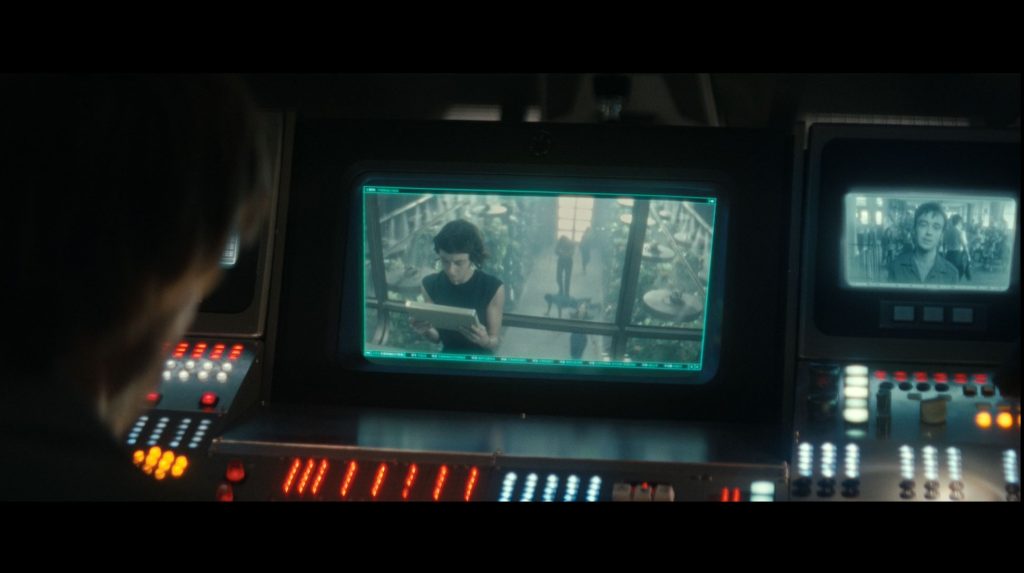
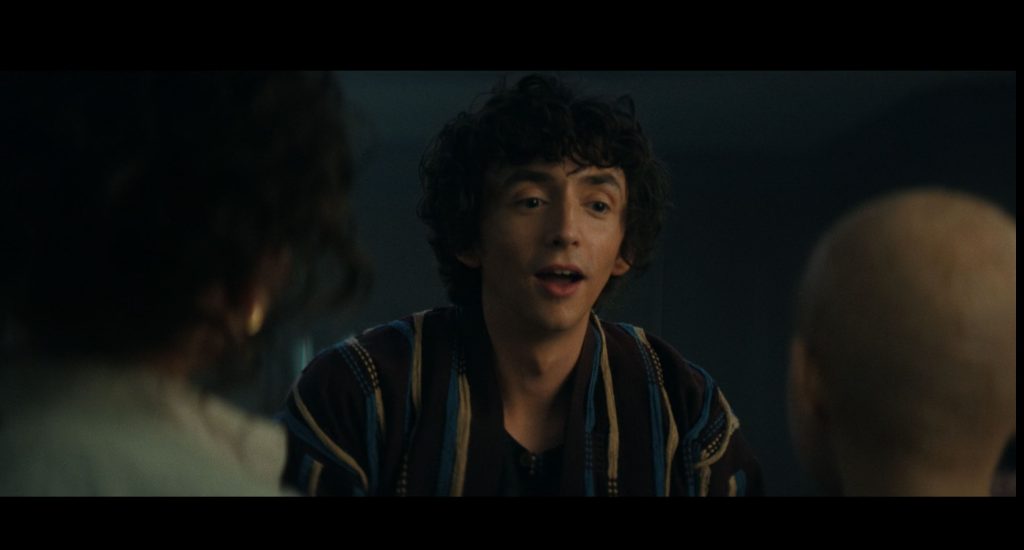
The series’ temporal structure transforms suspense into a layered and reflective experience. Horror extends beyond the story itself through multimedia storytelling, combining streaming episodes, podcasts, behind-the-scenes features, and immersive experiences; viewers navigate multiple layers of time simultaneously, moving between the immediate events on screen, anticipated developments, and knowledge of the franchise’s history. Familiarity with canonical moments from the original films intersects with the series’ present narrative, creating a suspended space in which ethical reflection and anticipation converge. Horror arises not only from the presence of alien lifeforms but from our awareness of systemic conditions: corporate ambition, technological experimentation, and ecological vulnerability. The opening sequence of the hibernation pods exemplifies this vividly; its cinematography recalls the original film and its sequels, framing enclosed bodies with high-contrast lighting and deep spatial perspective, linking Alien: Earth to its cinematic predecessors. Fear emerges as viewers recognize the continuity of containment, vulnerability, and technological mediation across decades of franchise design, transforming suspense into both ethical reflection and perceptual engagement.
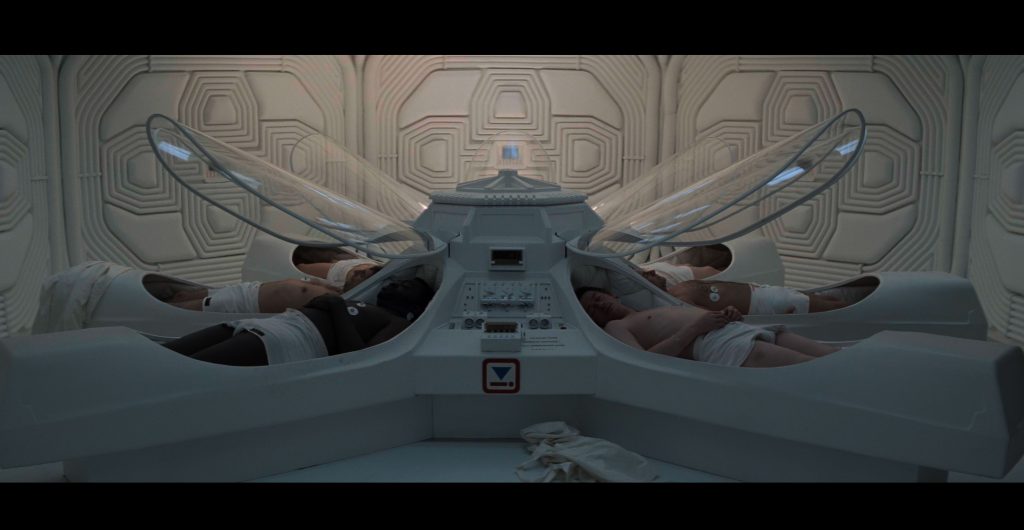
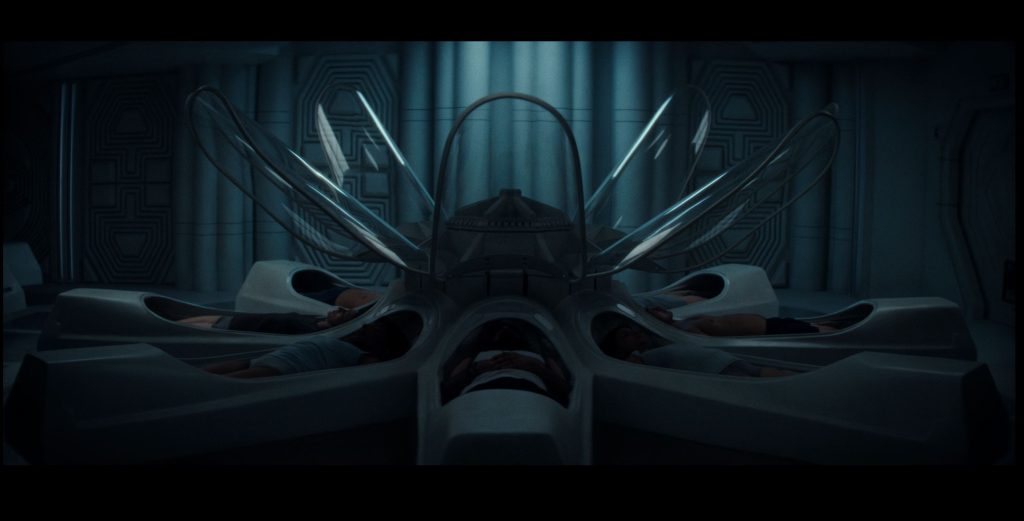
Spatial and visual configurations further mediate this apprehension. Enclosures—spaceships, research stations, and terrestrial landscapes—function as immersive topologies that simultaneously protect and threaten. Within these spaces, uncanny lifeforms such as the eye-octopus and the sheep operate as emblematic vectors of aesthetic and ethical reflection. The eye-octopus, with its multiplicity of eyes, renders vision itself alien; it confronts the human spectator with the limits of embodied understanding and the redistribution of agency. The sheep, serene and unassuming, functions as a locus of ethical contemplation; it makes visible the consequences of technological intervention and foregrounds the fragility of life within systems of control. Screenshots of critical sequences, such as the opening of hibernation pods or close-ups of Wendy navigating alien environments, underscore the deliberate continuity and evolution of franchise aesthetics. These motifs operate less as spectacle than as instruments for the apprehension of relational and systemic conditions; horror is inseparable from ethical reflection and perceptual calibration.
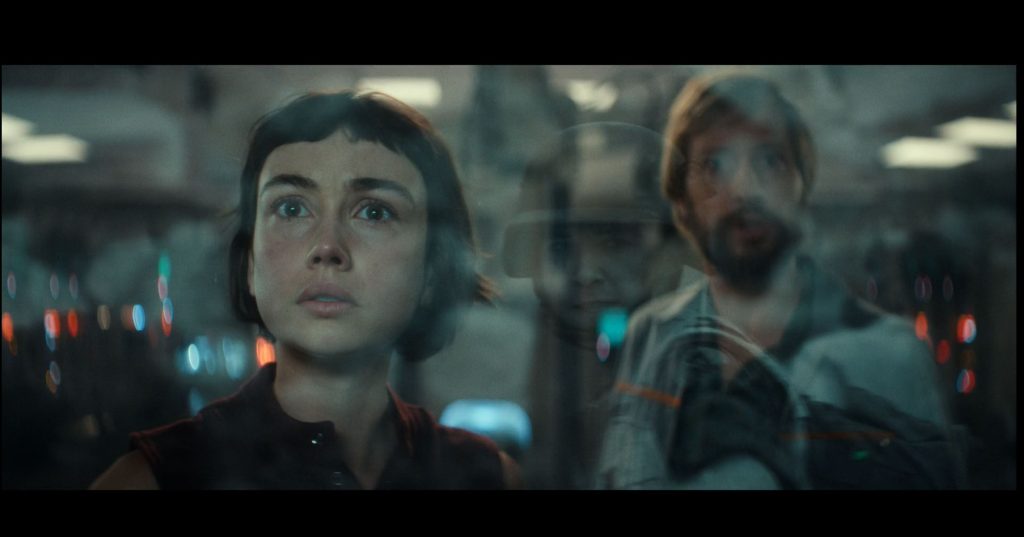
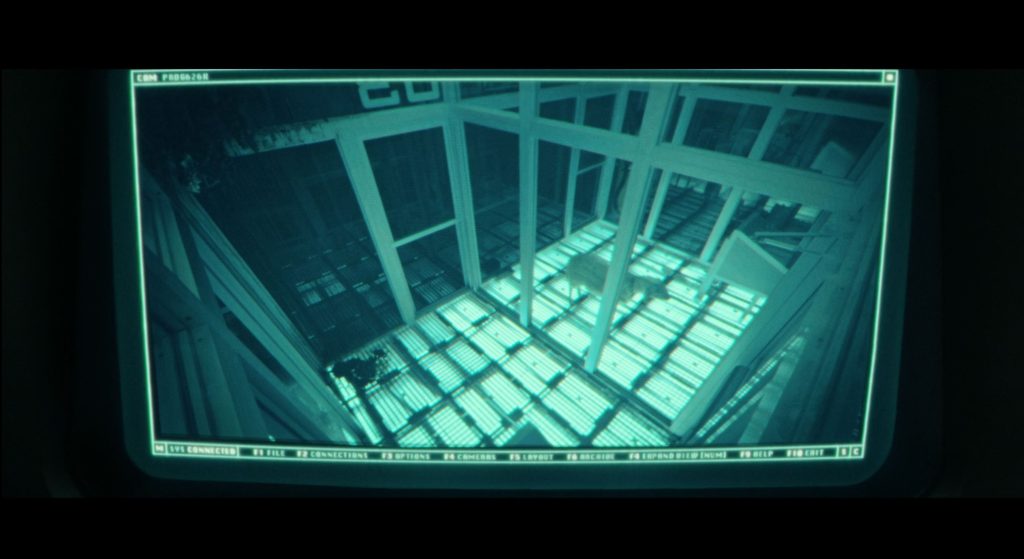
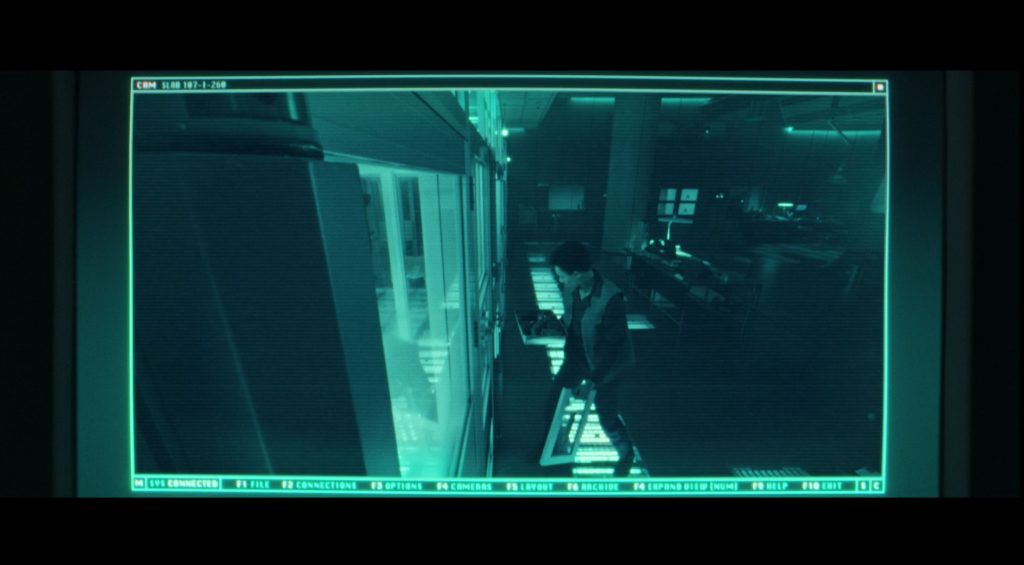
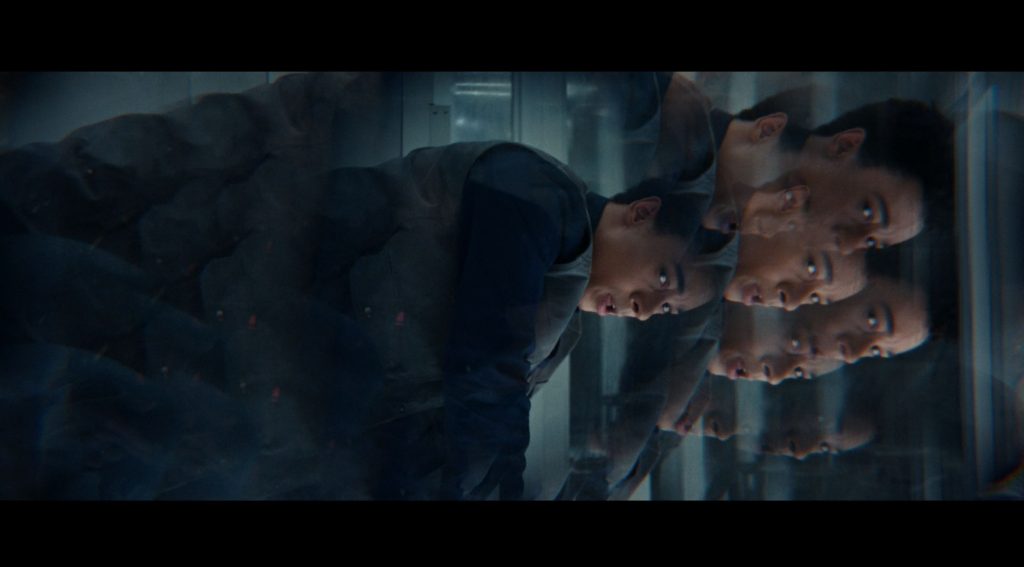
Hybrid corporeality is central to the series’ treatment of otherness. Wendy’s body, like the eye-octopus, unsettles hierarchies of perception and agency; she occupies a liminal zone where human, synthetic, and alien attributes interpenetrate, at once vulnerable and empowered, observer and observed. The sheep, by contrast, anchors human action in an ethical frame, its vulnerability exposing the consequences of technological mediation. Together, these figures exemplify Technological Otherness, where fear and reflection arise from relational structures rather than from isolated monsters. The sheep, like their use in Severance, stand as markers of human experimentation and technological control; whether as literal subjects of manipulation, as in cloning or laboratory testing, or as symbolic witnesses to systemic intervention, they foreground ethical responsibility and the consequences of humans exercising power over life.
Horror in Alien: Earth is inseparable from its temporal, spatial, and corporeal registers. Alien lifeforms, corporate systems, and experimental technologies intersect to produce systemic contingency, while bodies and enclosures function as both protection and exposure. Visual motifs such as the eye-octopus, the sheep, and the hibernation pods crystallize these tensions, linking continuity of aesthetic form with ethical consequence. Horror becomes the recognition of vulnerability, agency, and systemic mediation.
The series thus develops a logic of horror that is perceptual, aesthetic, and ethical. Human, alien, and synthetic forms are mutually constitutive within environments structured by relational networks. Horror is not mere shock; it is the perception of contingency and the embodied awareness of survival within technological and corporate frameworks.
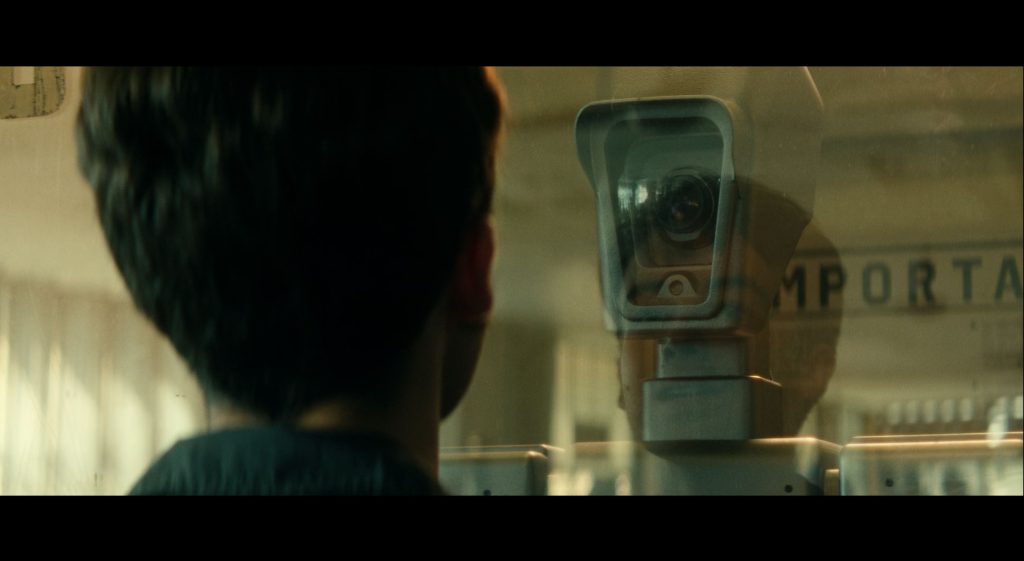
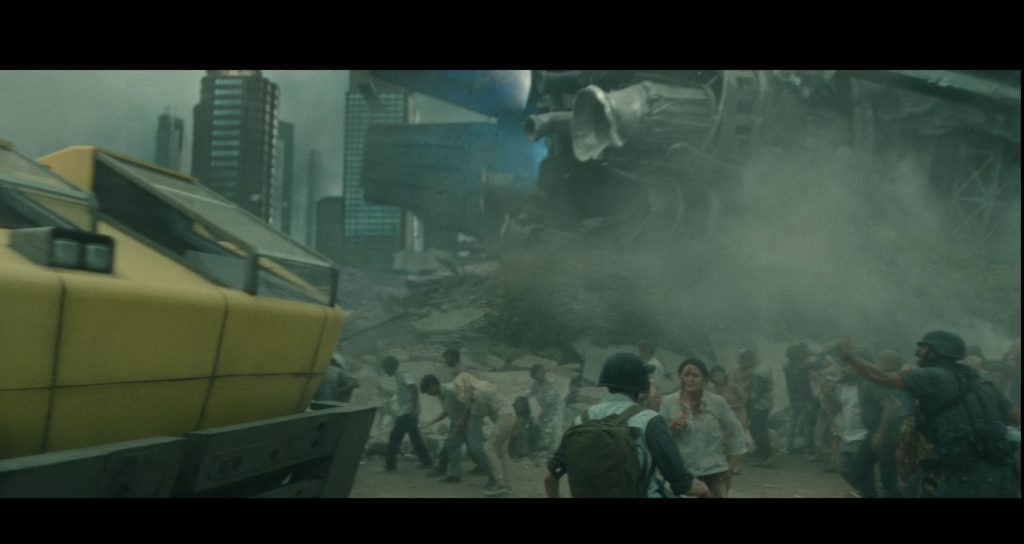
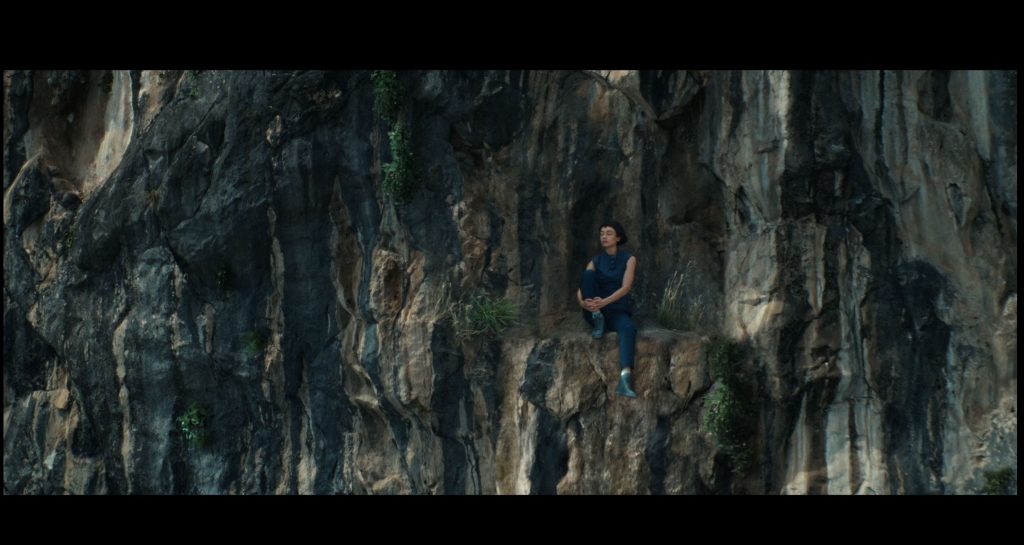
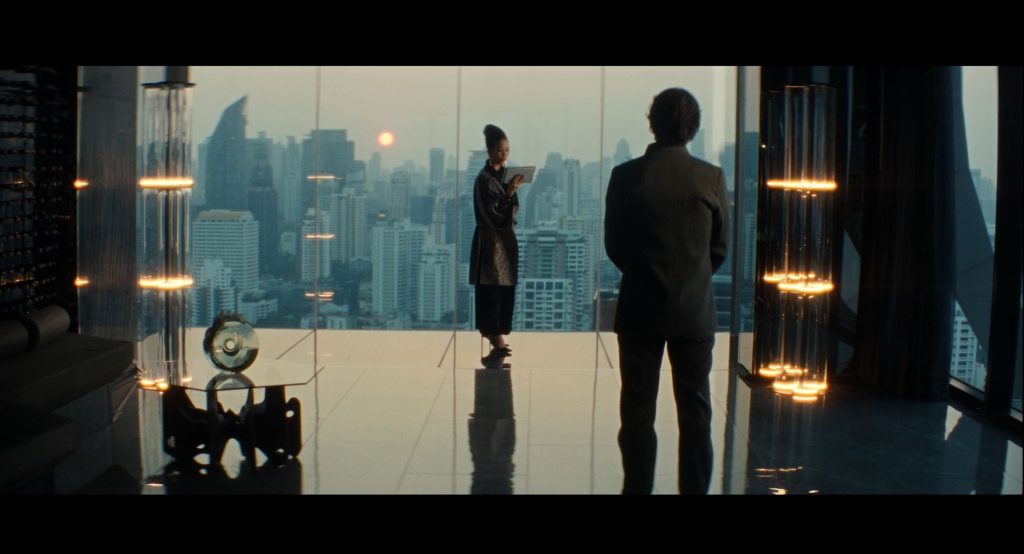
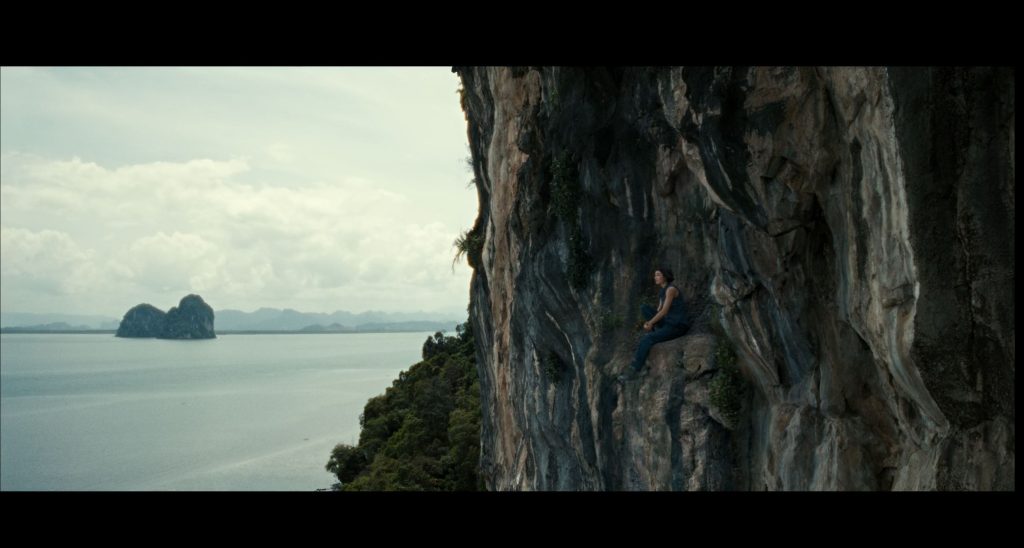
This aesthetic design resonates with art-historical traditions, where spatial construction, light, and corporeal orientation mediate intellectual and ethical reflection. Hybrid figures like the eye-octopus evoke post-humanist questions of embodiment and agency, while the sheep embodies the fragility of life under systemic intervention. Horror emerges from negotiating these registers, where immersion, perception, and ethics converge.
Alien: Earth demonstrates that contemporary horror is inseparable from the conditions that produce it. Narrative, visual, and temporal design collaborate to construct systemic fear, implicating audiences within networks of surveillance, hybridity, and containment. In this sense, the series synthesizes aesthetic spectacle with ethical inquiry and philosophical meditation.
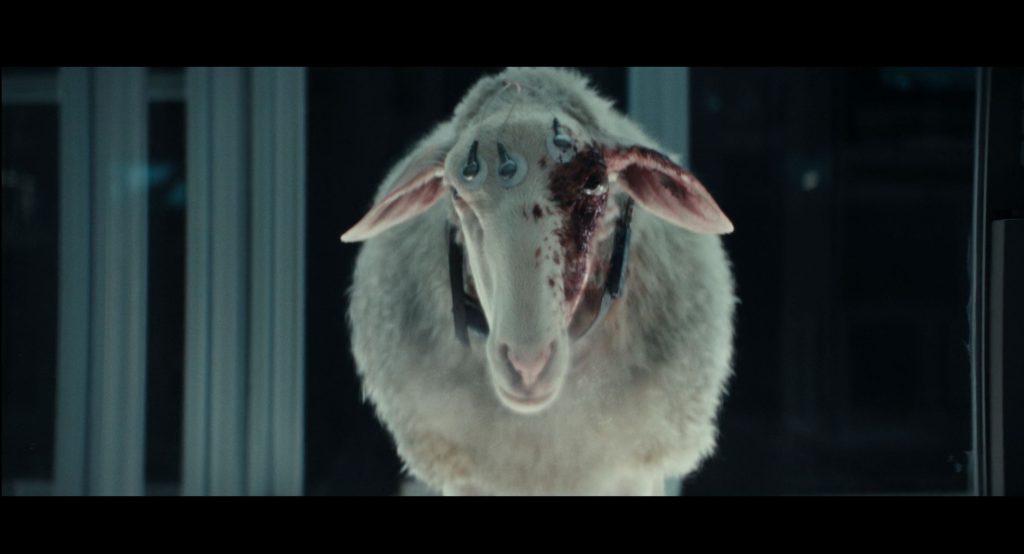
Its achievement lies in rendering horror both perceptual and reflective. Temporal distribution, spatialized aesthetics, and hybrid corporeality create an immersive sphere where fear is experienced as systemic and ethical encounter. Figures such as the eye-octopus and the sheep, alongside the hibernation pods echoing the 1979 film and its sequels, make visible the interrelation of agency, vulnerability, and consequence. Horror becomes not only spectacle but also a medium for apprehending how otherness is constituted, observed, and experienced. It compels recognition that fear is shaped by technological infrastructures and corporate power, exposing how otherness is managed, exploited, and contained within systems of control.
I note that there are still two episodes left in this season and I, for one, look forward to this each week although I sometimes wonder why they make such secure facilities but leave man/alien sized crawl spaces available throughout the complex?


